Principles
Master the principles of Gas Chromatography (GC) with our expert-designed training. Learn about GC columns, including stationary phases, column dimensions, and temperature programming for optimal separations. Understand essential chromatographic parameters such as retention time, resolution, efficiency, and selectivity to improve method performance. Explore the causes and effects of band broadening, including diffusion, column overloading, and dead volume, and discover strategies to enhance peak shape and sensitivity. Whether you're in pharmaceuticals, petrochemicals, food safety, or environmental analysis, our interactive course provides video tutorials, real-world examples, and troubleshooting tips to boost your expertise. Start learning today and refine your GC techniques for accurate, high-quality separations.
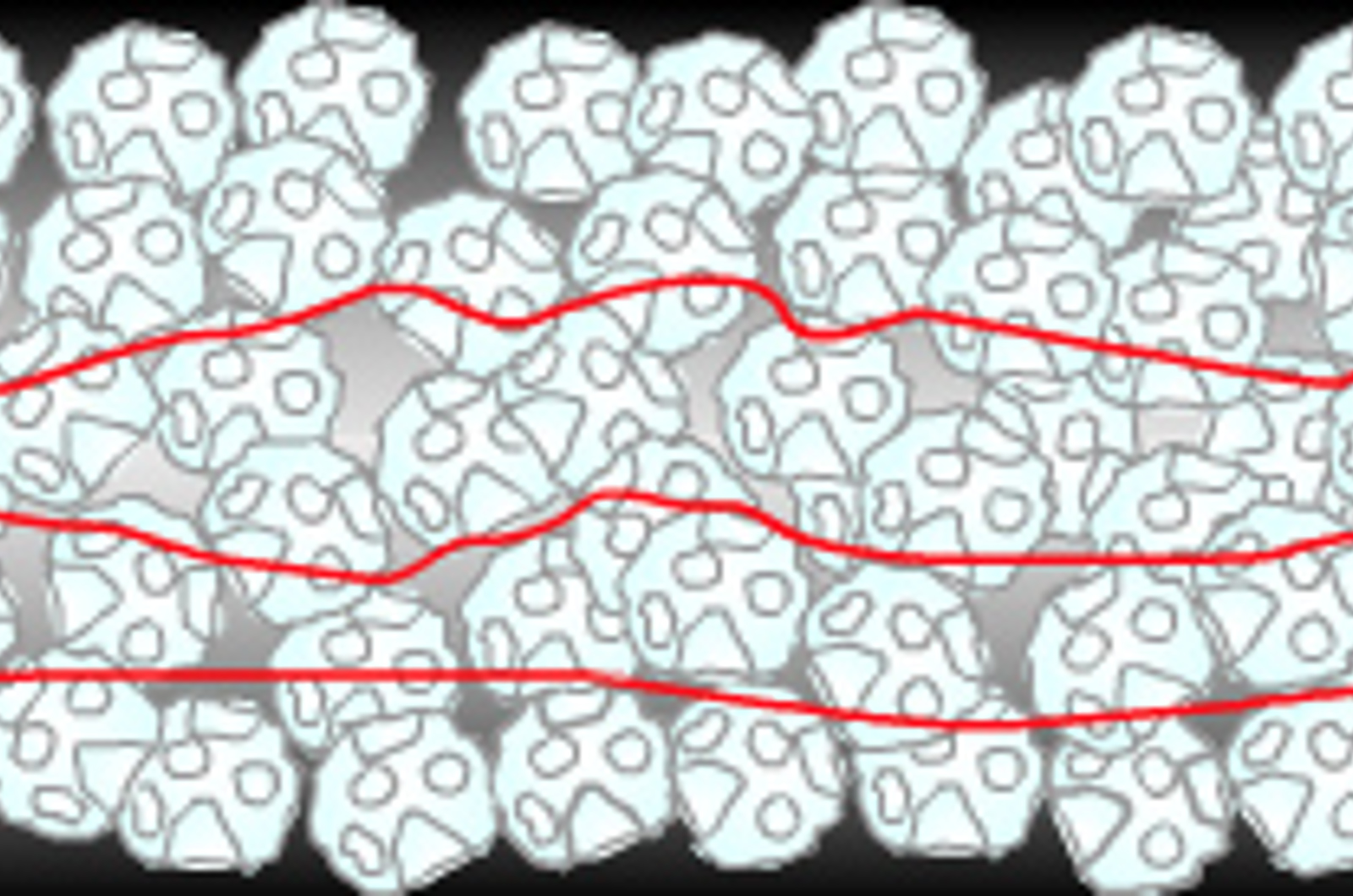
GC Band Broadening
The aims of this module are to illustrate and explain the principles of band broadening in GC, as well as the van Deemter and Golay equations. The effects of eddy diffusion, longitudinal diffusion, and mass transfer on the efficiency of chromatographic peaks will be explained. It will be shown how to use the van Deemter coefficients to illustrate how to optimize the efficiency of chromatographic separations and to reduce band broadening.
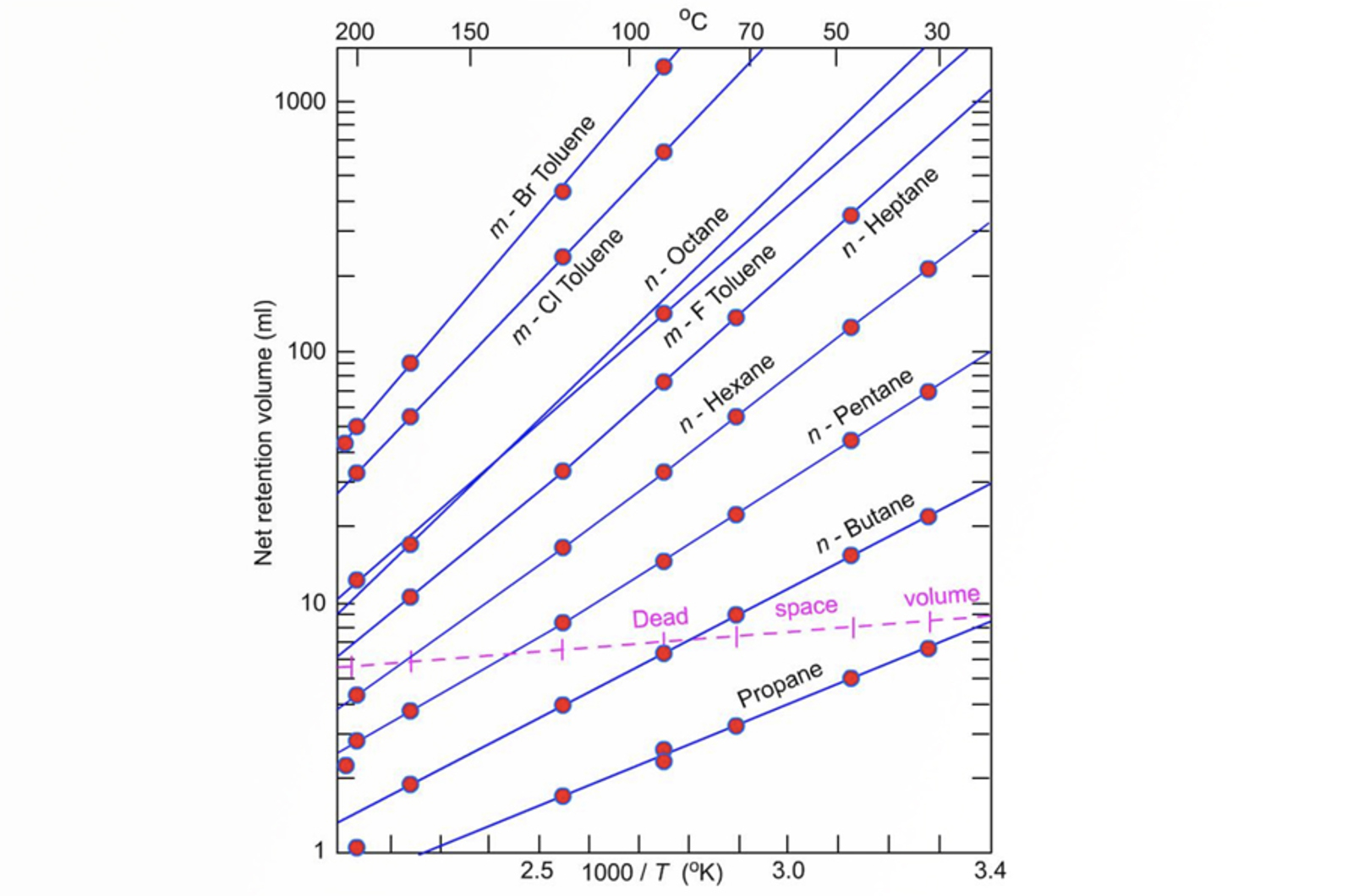
GC Chromatographic Parameters
The most important thing in GC is to obtain the optimum resolution in the minimum time. Each of the important chromatographic parameters (resolution, retention factor, selectivity, efficiency, and asymmetry) are explained and illustrated with real life examples in this module.
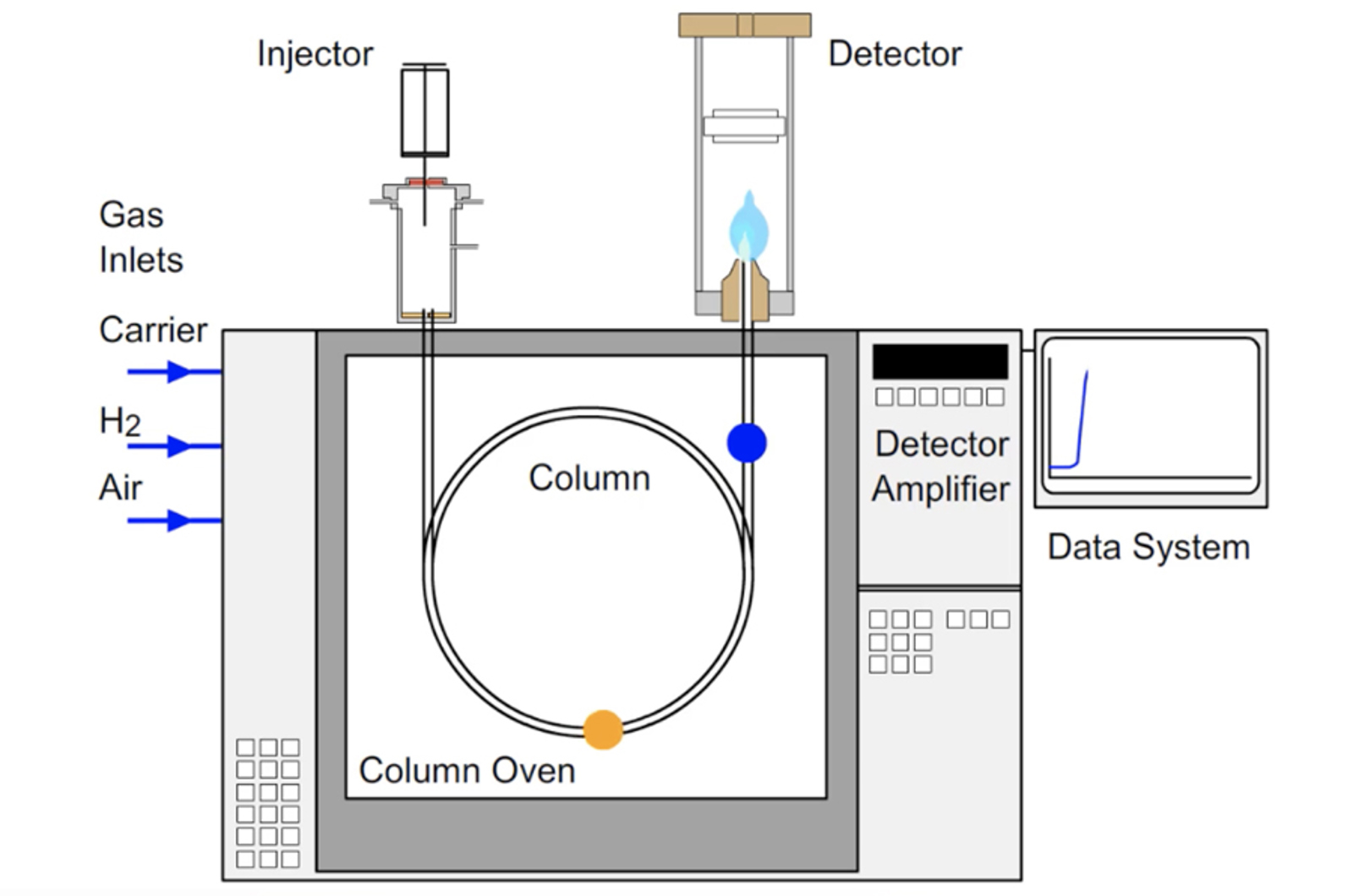
GC Introduction
This short module covers the history of gas chromatography (GC) and introduces the chromatographic process and the major components of a GC instrument. The technique is compared and contrasted with other analytical techniques such as high performance liquid chromatography (HPLC). The terms and appearance of a typical chromatogram are also explained. We will outline the fundamental basis for separation in GC, and indicate the major advantages of GC and the application areas in which it is used.
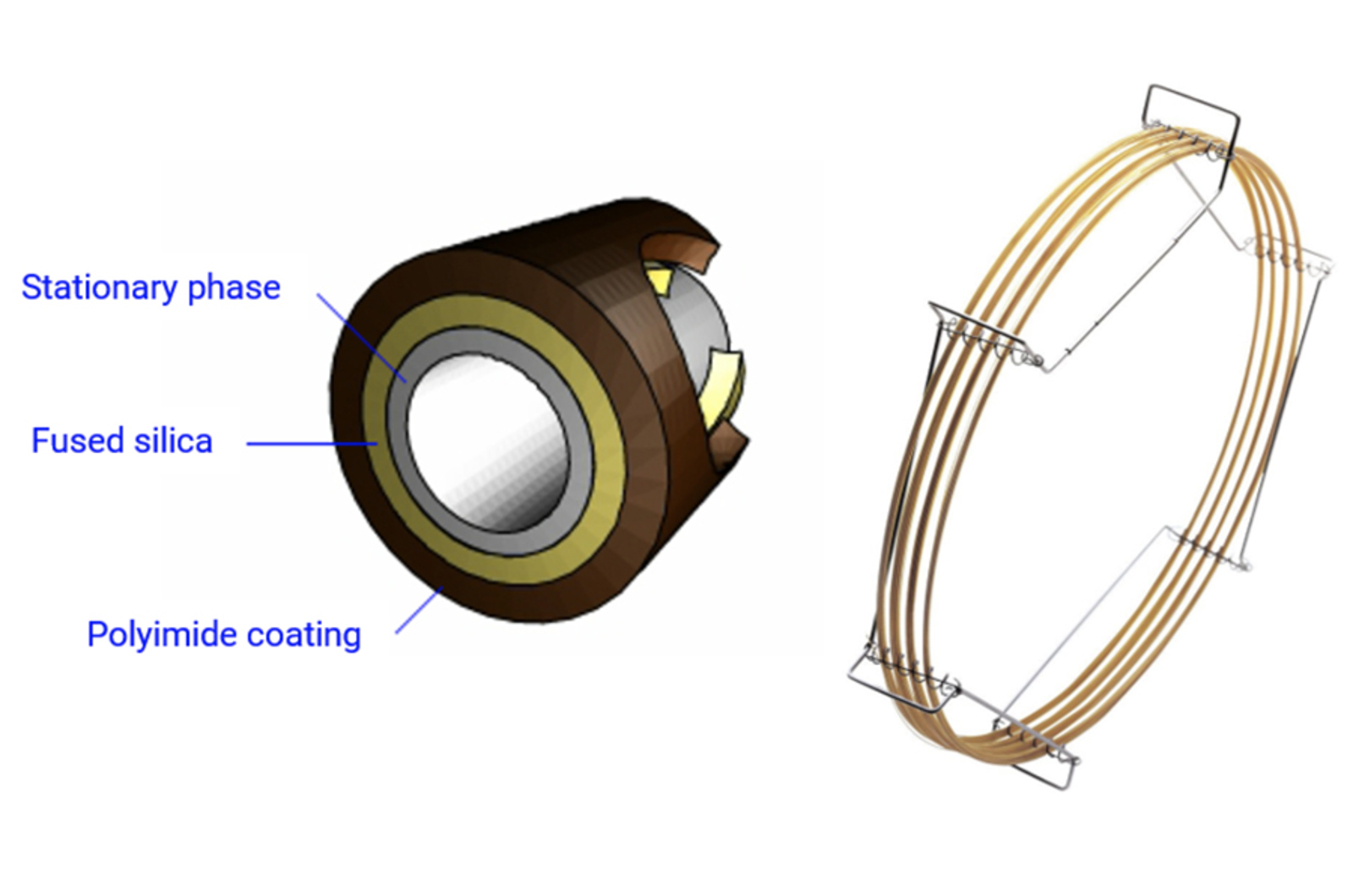
GC Columns
The aims of this module include the comparison and contrast of packed and capillary columns. A revision session of of fundamental intermolecular interactions is included in order to relate the various types of interaction to retention in GC. We will explore various stationary phase types and explain the critical factors in choosing a phase. The important physical parameters of capillary GC columns and their relationship with retention, resolution and efficiency in GC separations is investigated.
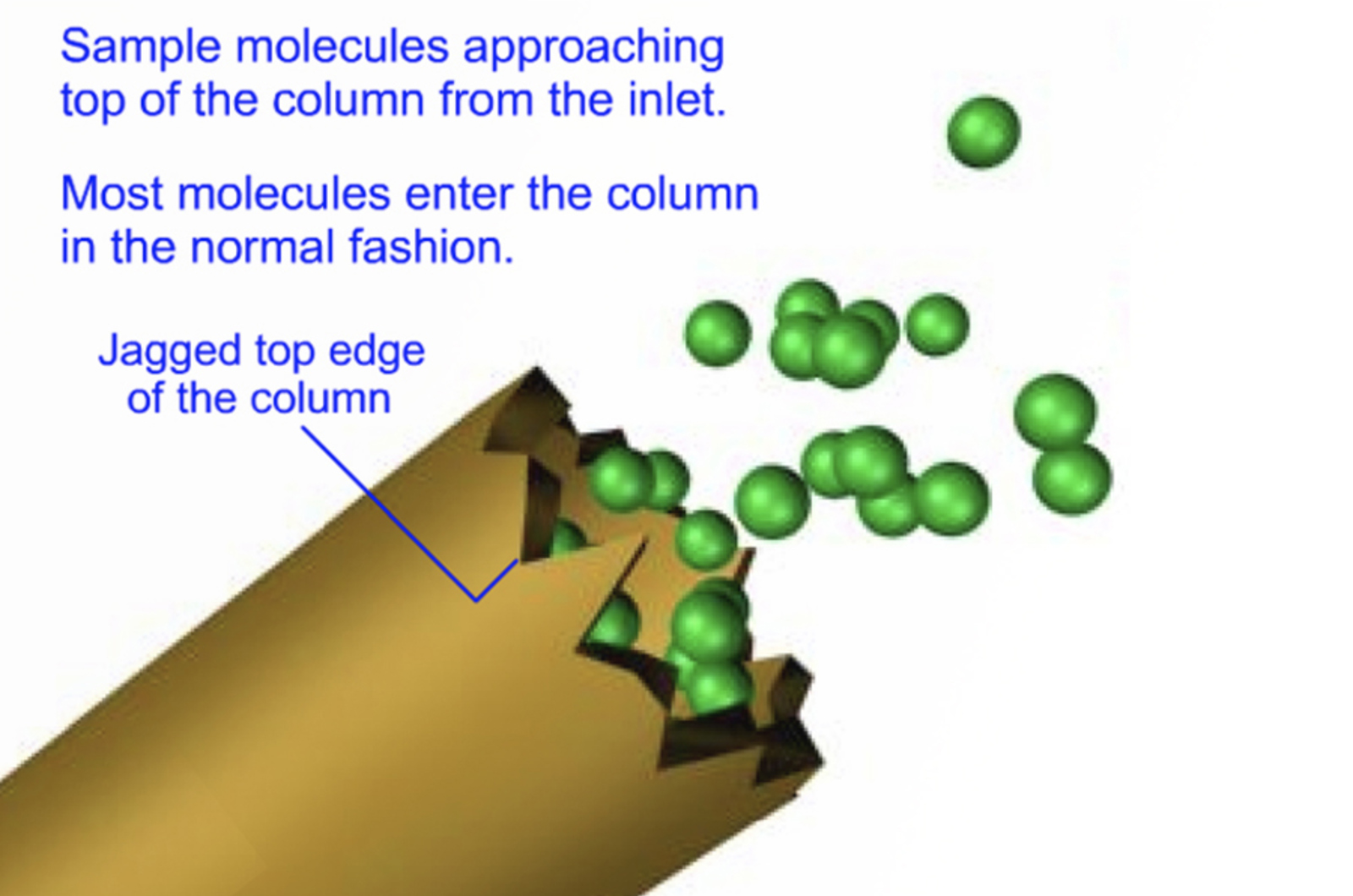
GC Column Installation
A properly installed GC column is the most important beginning for your work. GC columns need to be properly prepared to avoid issues such as high bleed and poor peak shape. Poor installation can lead to reduced efficiency (broad peaks), peak shouldering or splitting, and poor quantitative reproducibility. Follow our step by step guide to ensure your column is correctly installed every time, giving you great chromatography, analysis after analysis.
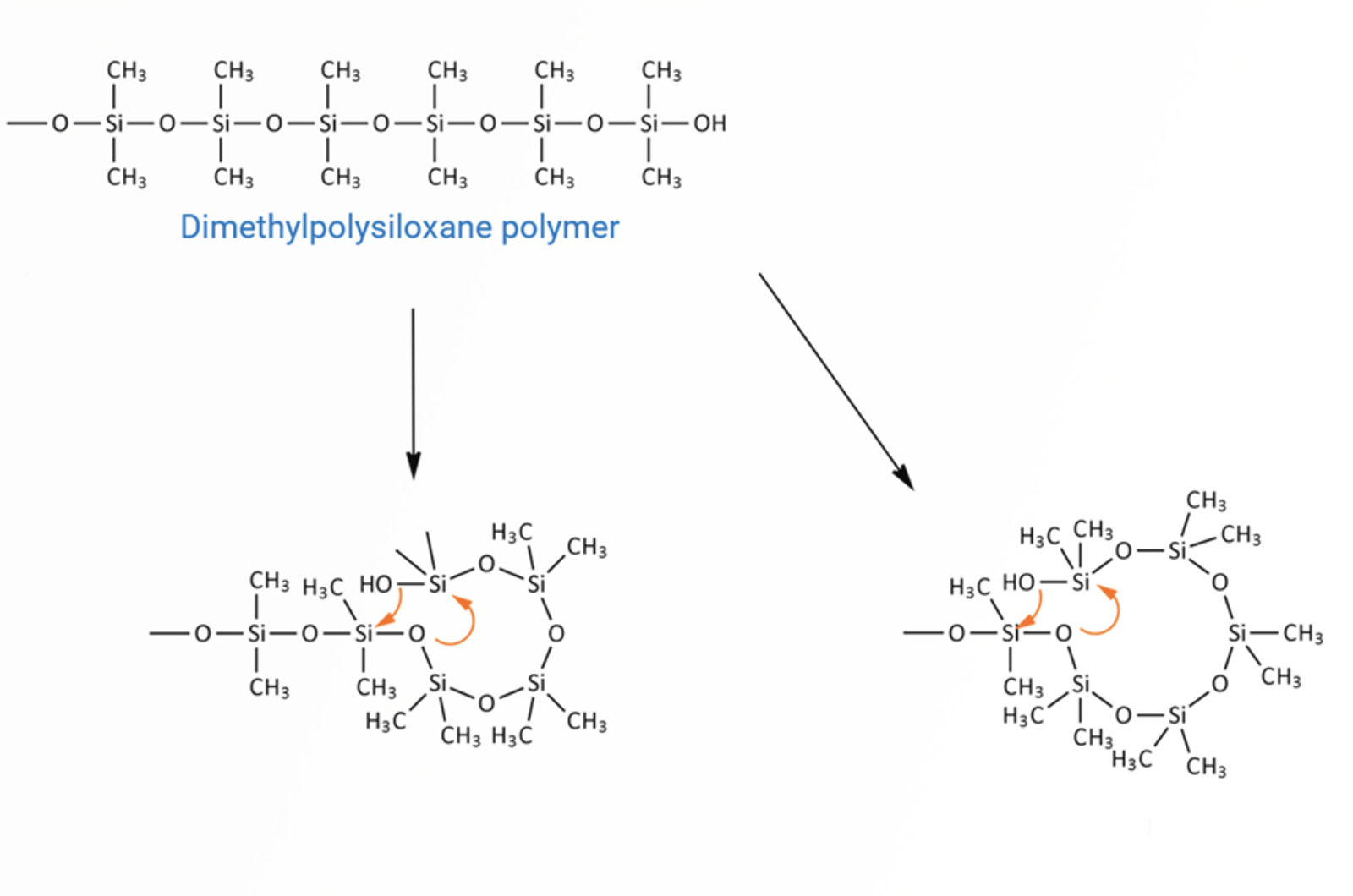
GC Column Maintenance - Prevention is Better than Cure
Using proper procedures for capillary GC column storage and conditioning can have a major impact on column lifetime and the quality of results obtained. This tips and tricks instalment covers everything you wanted to know but were afraid to ask about proper GC column maintenance.
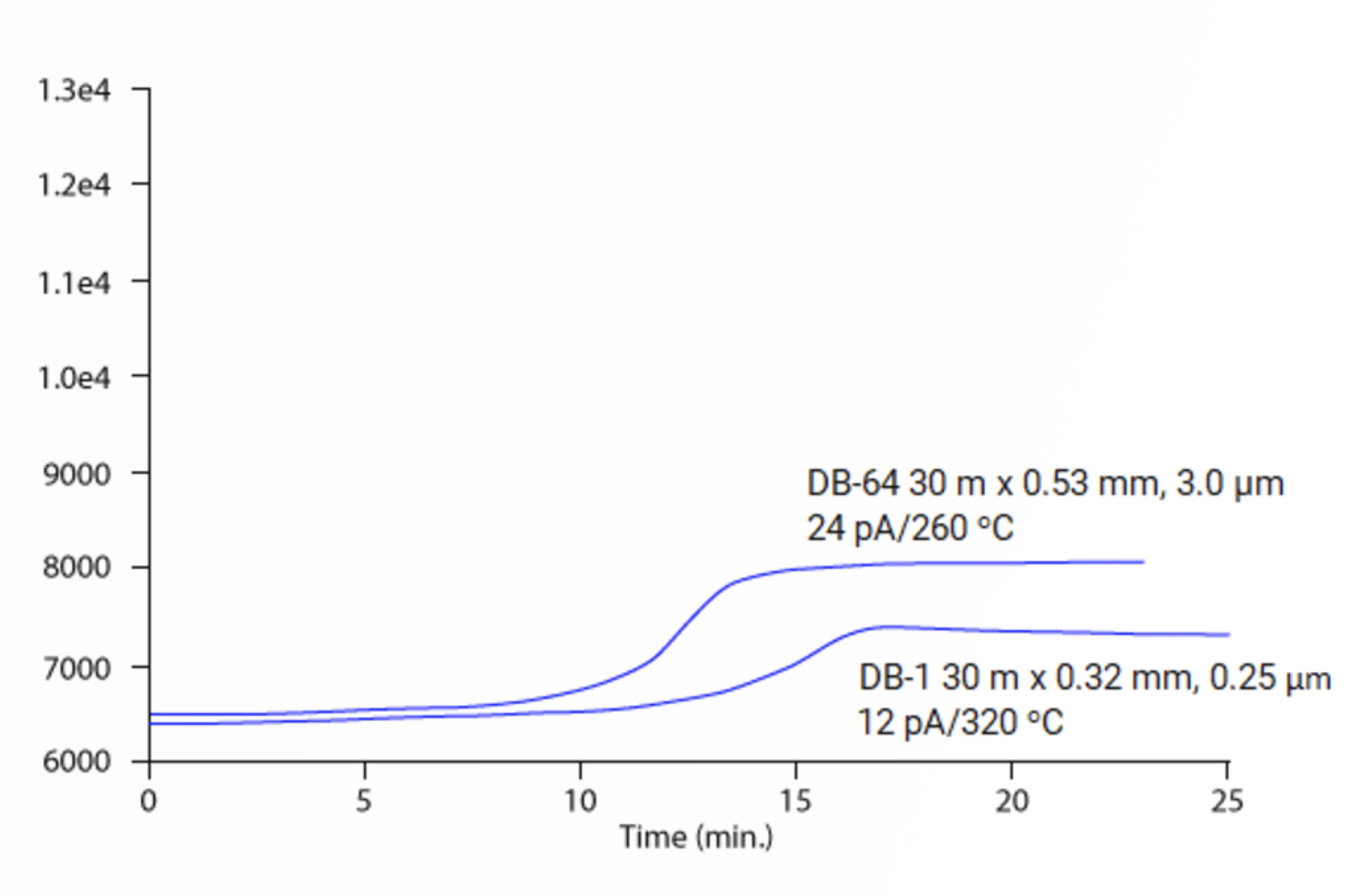
GC Column Conditioning
The procedure to condition a GC column depends upon the polarity of the stationary phase, the column length, internal diameter and thickness of the stationary phase film and the required upper operating temperature. Follow these tips and tricks to save time when conditioning GC columns.

Quick Guide to Capillary GC Stationary Phases
The single biggest factor in obtaining a suitable GC separation is the choice of column chemistry. This quick guide gives an overview of some of the most popular capillary GC stationary phases.
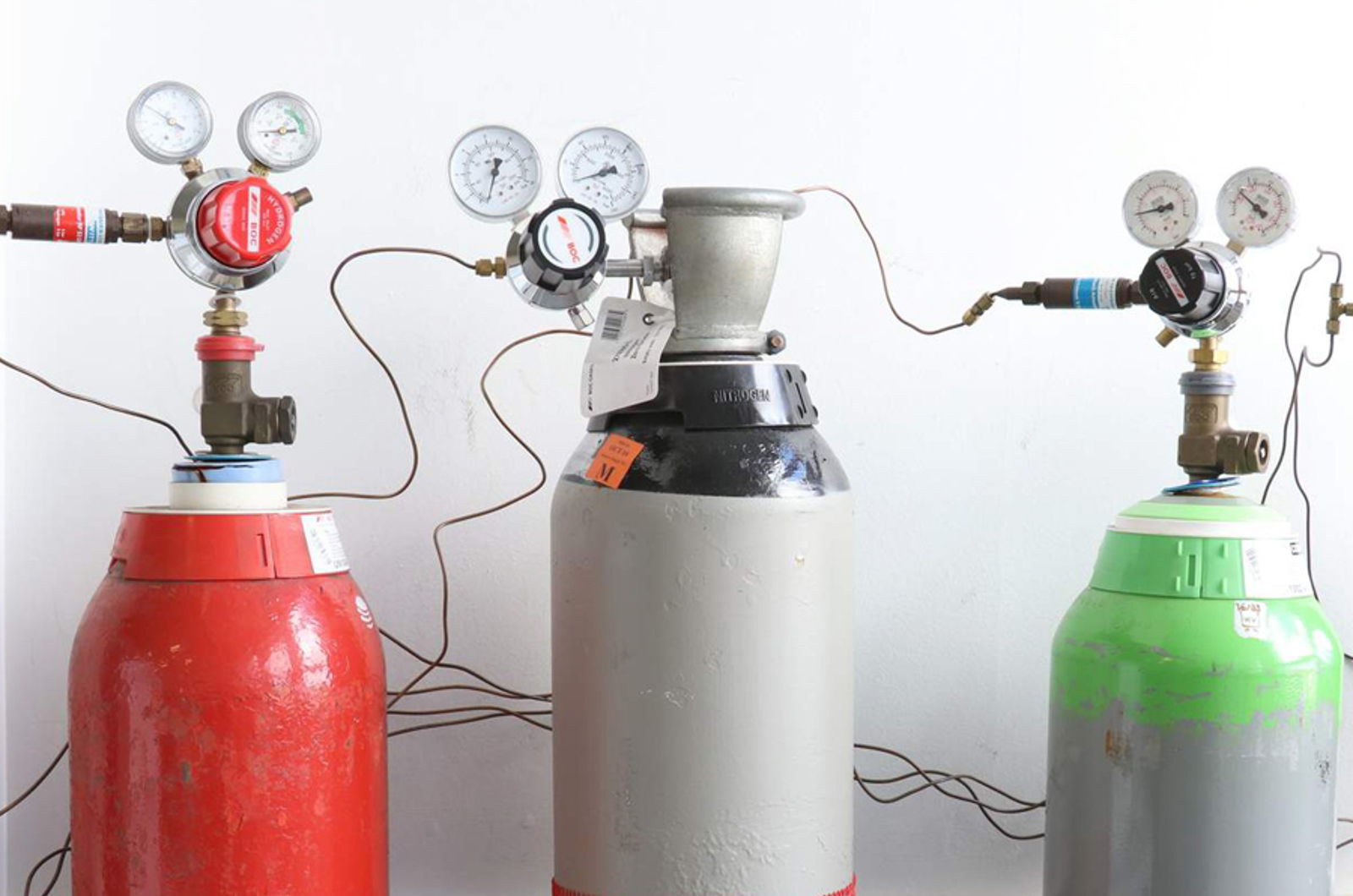
Fundamentals of GC Video Training Course
This course has been designed for anyone who is either new to GC, or who wishes to expand their current knowledge and understanding about the technique as a whole. All aspects of the technology and system are covered - from gas supplies, through sample introduction and column chemistries, to an overview of common detector types. The main focus is on fundamental concepts but important practical aspects and some basic troubleshooting will also be introduced.
Accredited by 
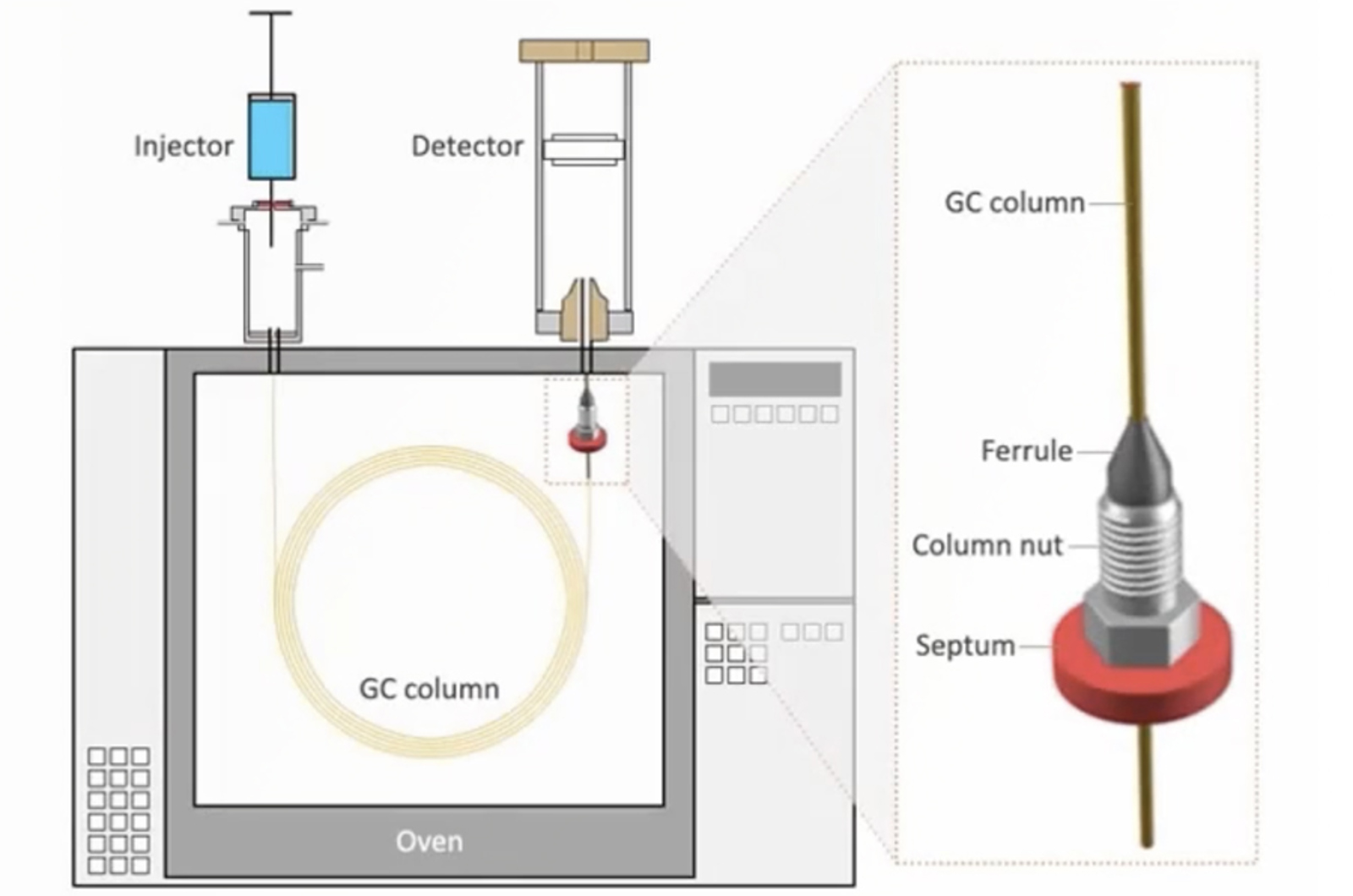
GC Column Installation and Conditioning Video Guide
This video provides a fool proof step by step guide to correctly installing and conditioning a GC column.
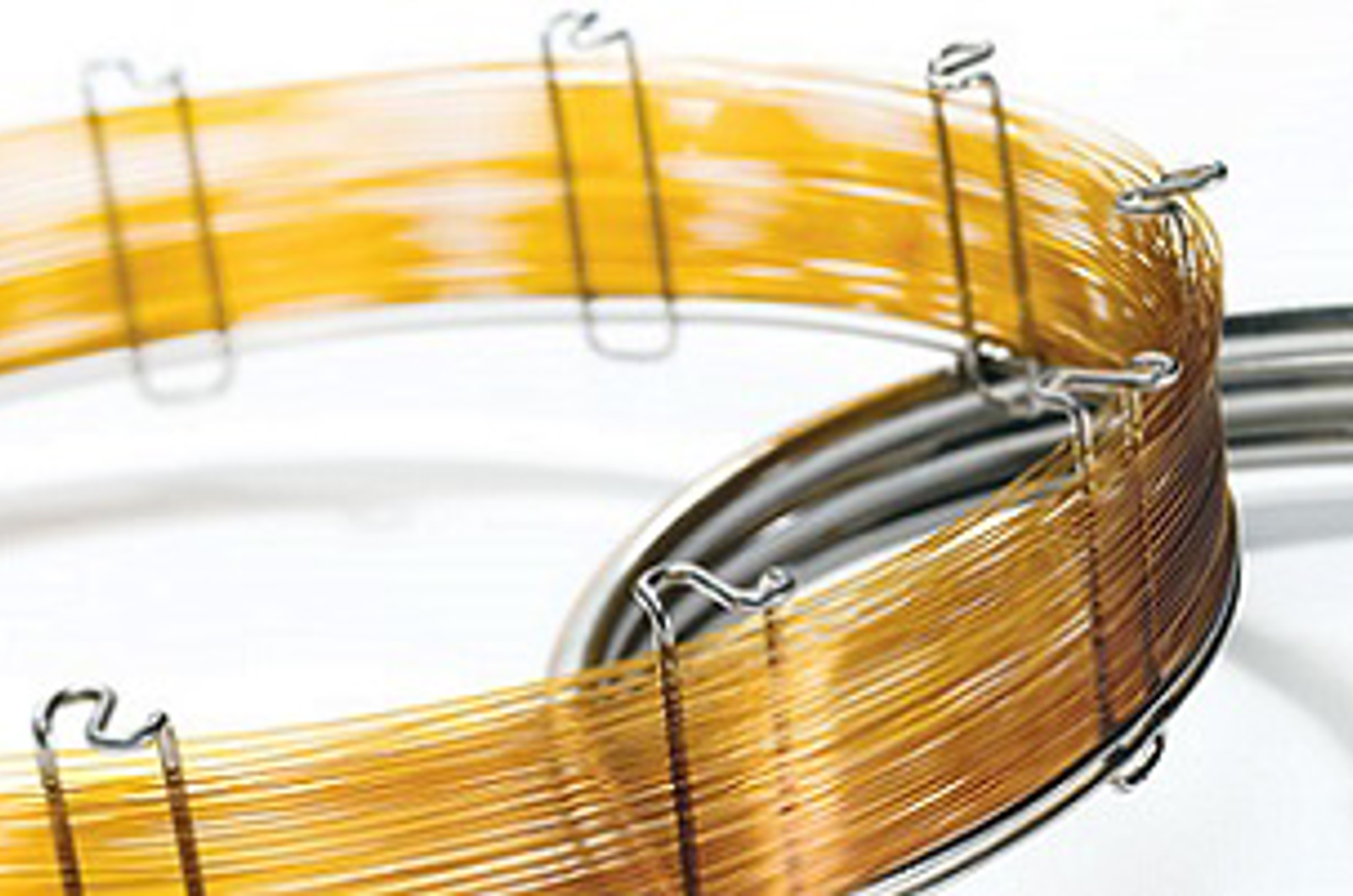
How Important is it to Know the Correct GC Column Length?
All gas flows in a GC system are controlled by the electronic pneumatic control (EPC). The EPC calculates the flow from the applied pressure, nature of the carrier gas, and the column dimensions. Variations in the carrier gas flow rate will result in retention time issues; therefore, it is important to input the correct method conditions into the system. However, how important is it to know the exact length of the column?

GC Columns - Analyte/Stationary Phase Interactions
Understanding the interactions between your analyte and the column stationary phase is invaluable at all stages of GC method development as this interaction is what governs the degree of retention and separation of that analyte. In this video we will take a more in depth look at these important interactions.
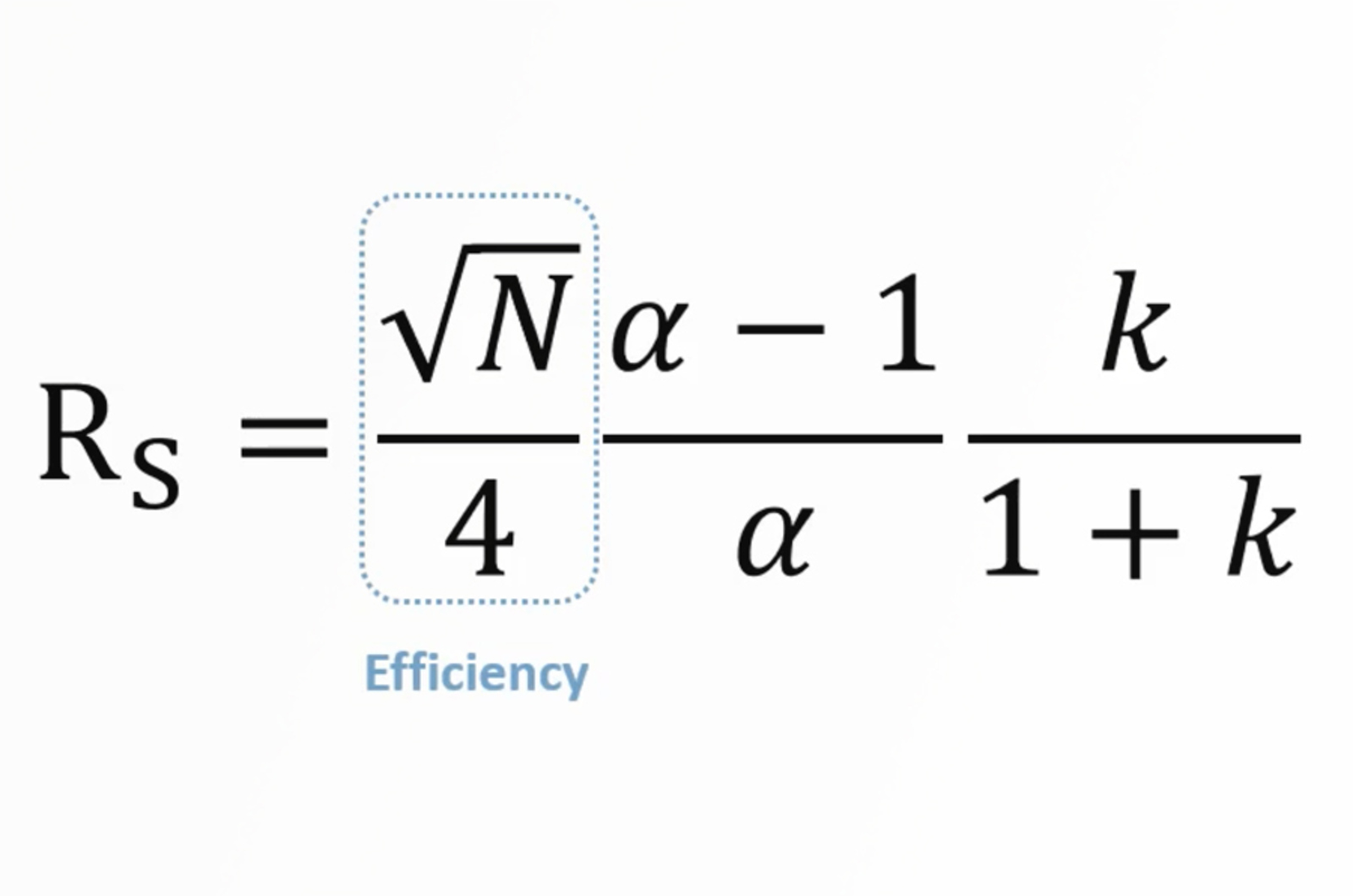
GC Chromatographic Parameters - Efficiency
This short video will discuss efficiency in detail, looking at what it describes in terms of your separation and chromatogram, how it can be changed, and what effect it can have on the resolution of a separation.
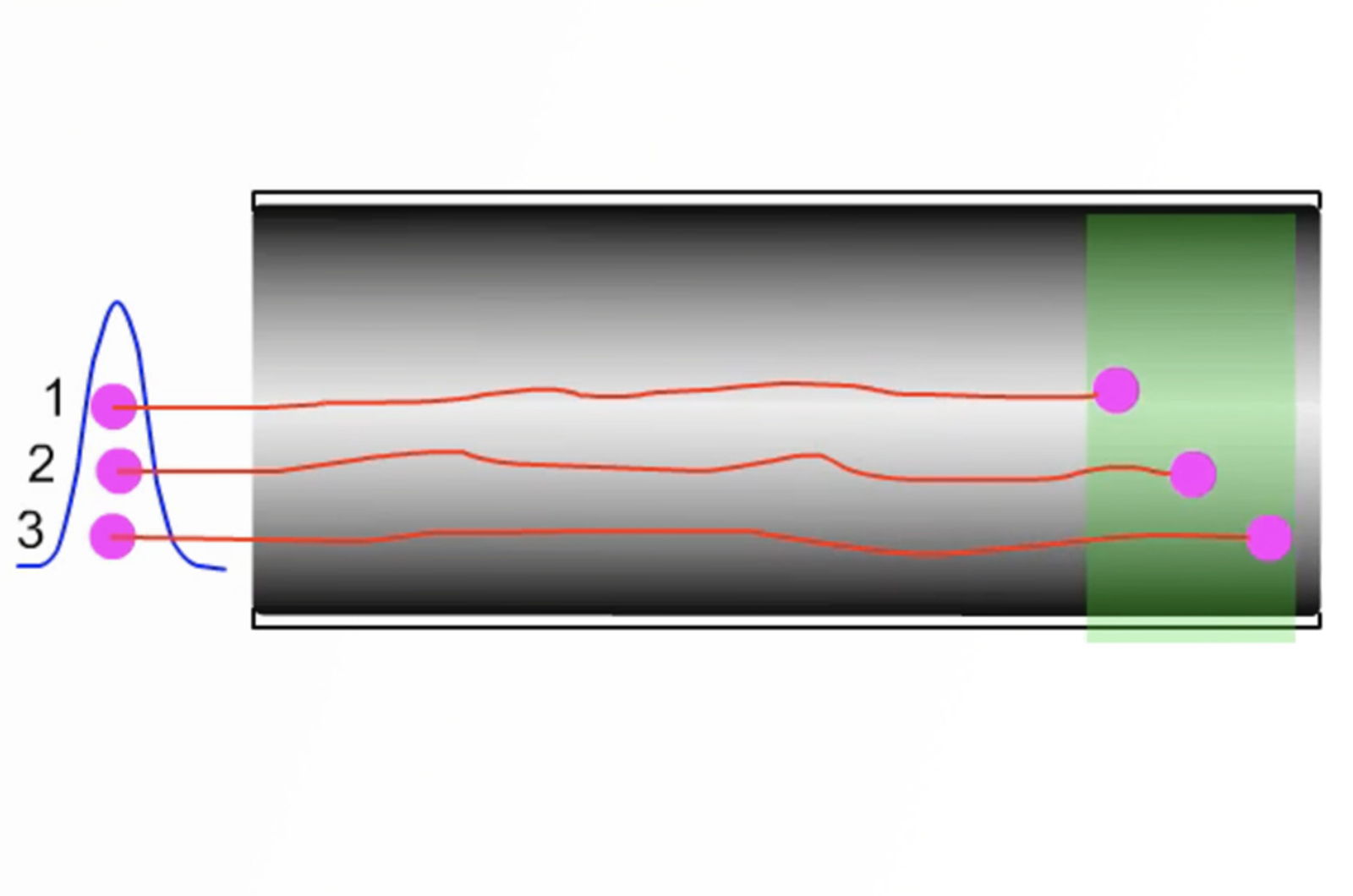
GC Band Broadening - Longitudinal Diffusion
There are several factors which contribute to loss of efficiency, or band broadening, in GC. In this short video we will look at the phenomenon of longitudinal diffusion, what it is, and how to minimize it to maintain optimum efficiency.
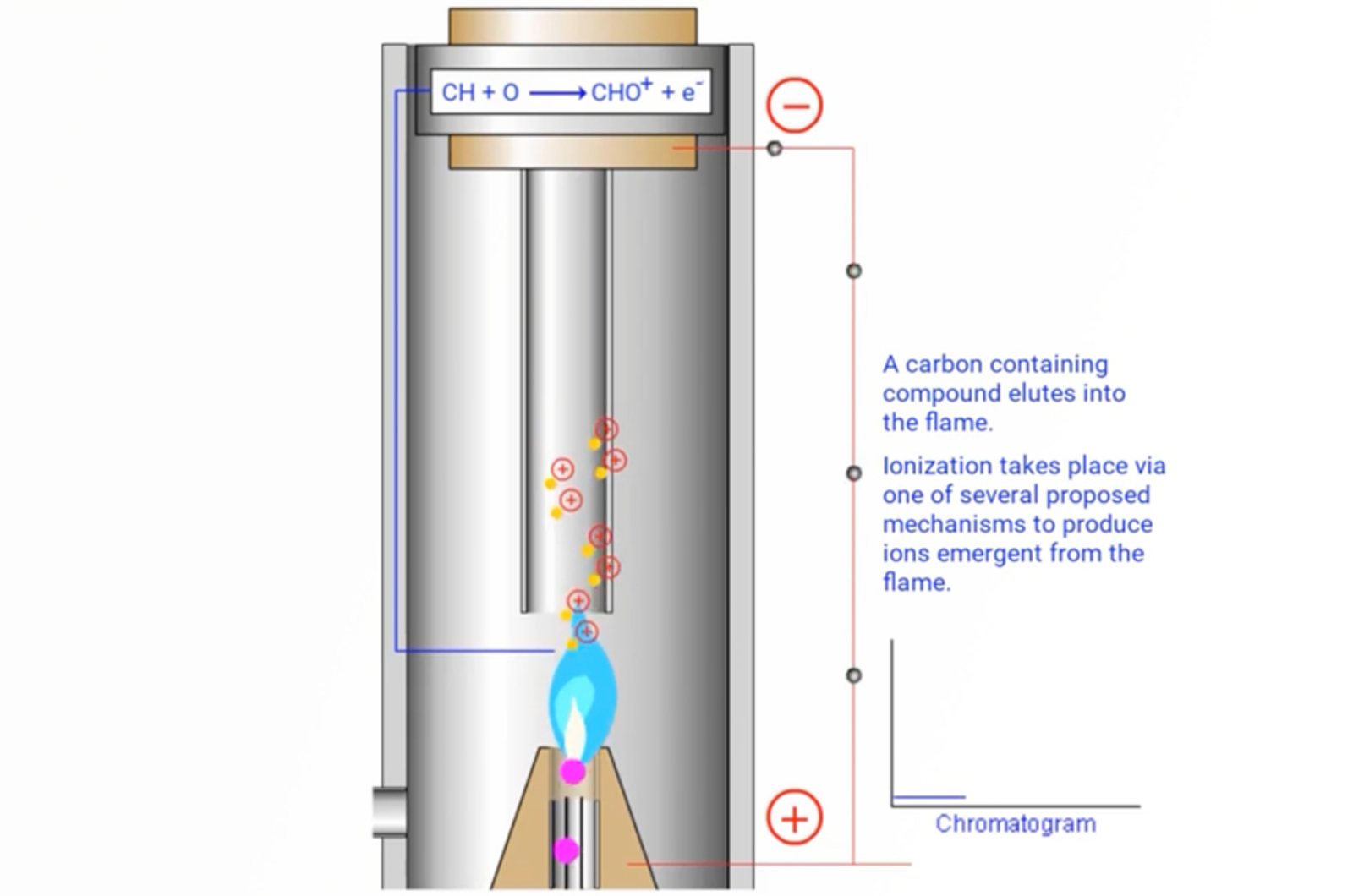
Packed or PLOT GC Columns for Gas Analysis?
A question relating to the development of a method for methane and CO2 analysis let our experts think about all facets of GC method development.
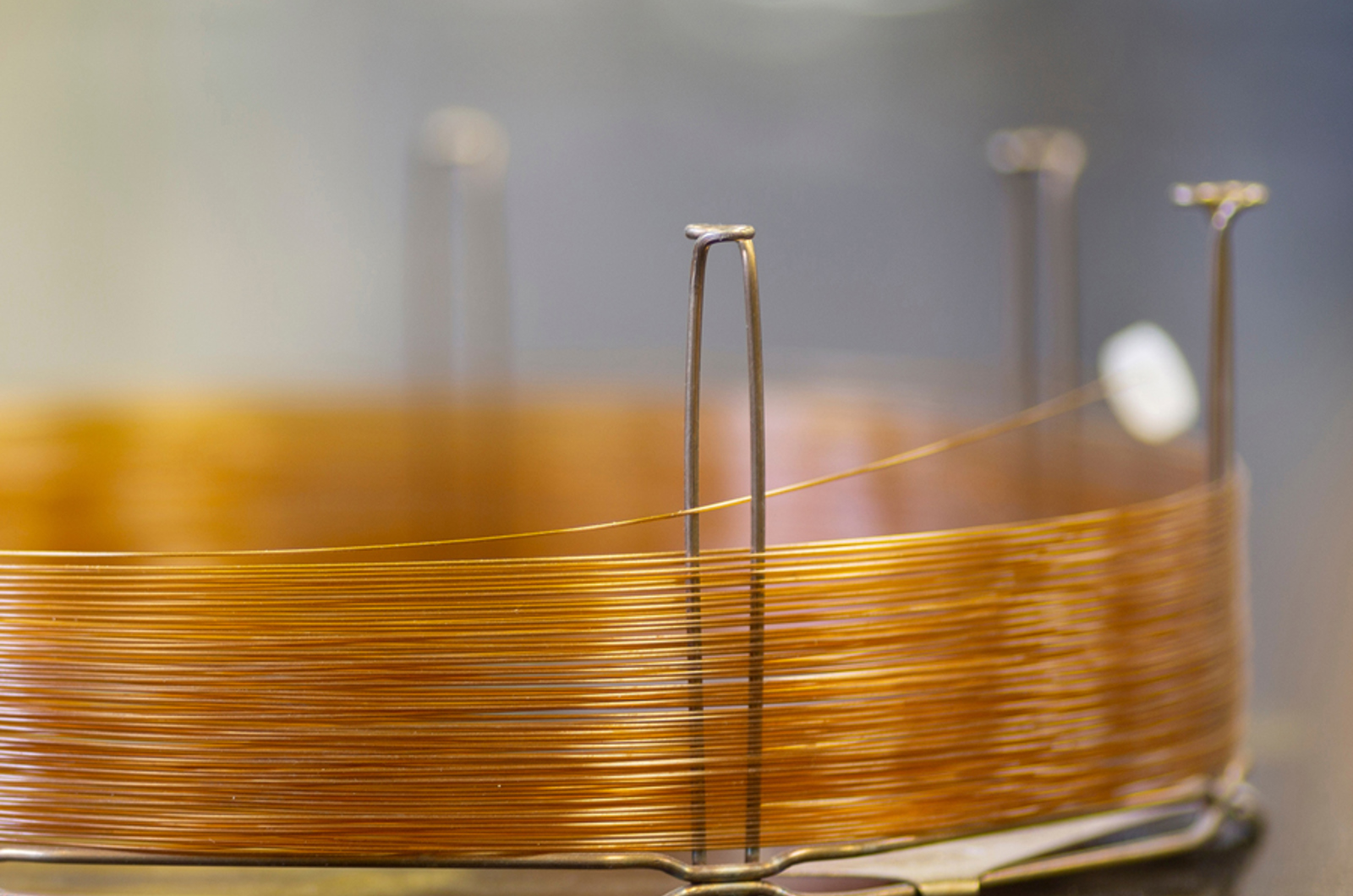
Introduction to GC Columns
The analytical column is where the separation is actually performed. This module will introduce capillary GC columns, the most common type used for GC applications. Providing guidelines on how to prepare, install, and condition a GC column for analysis.
